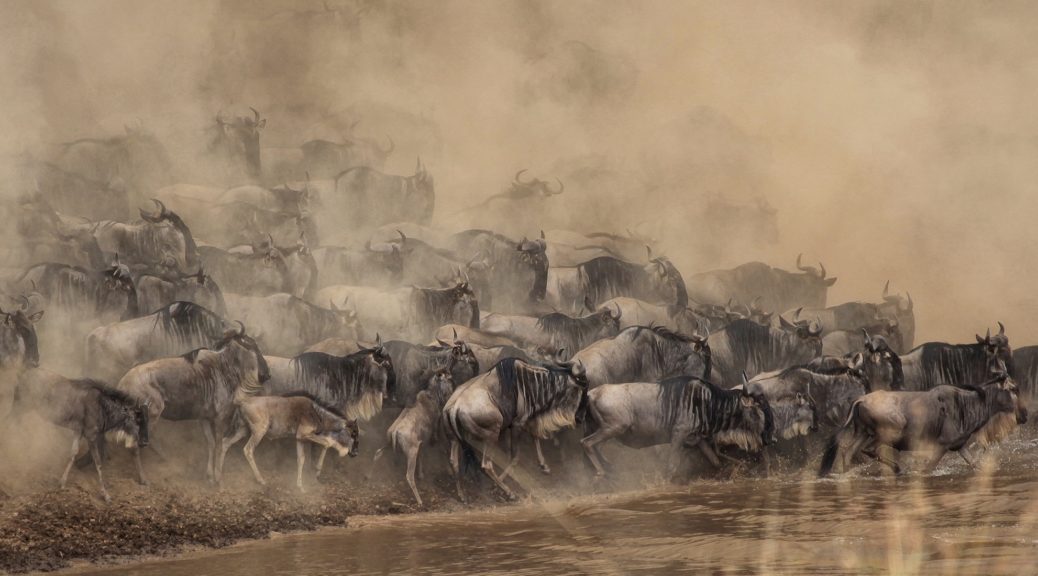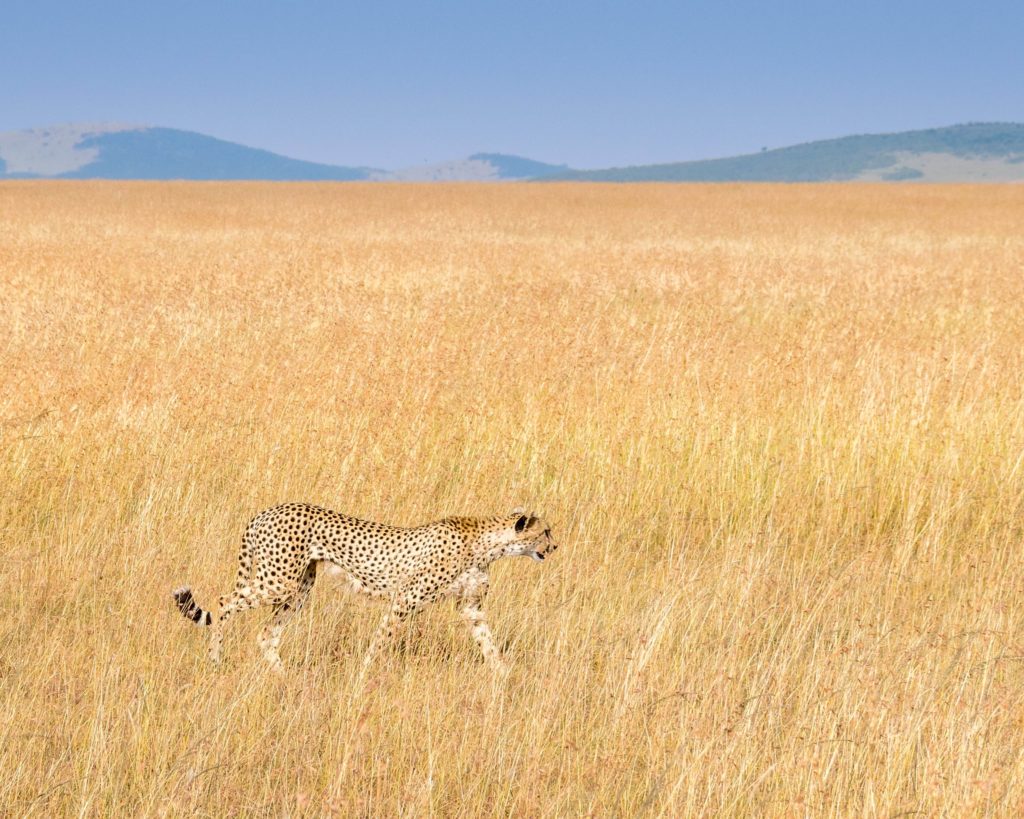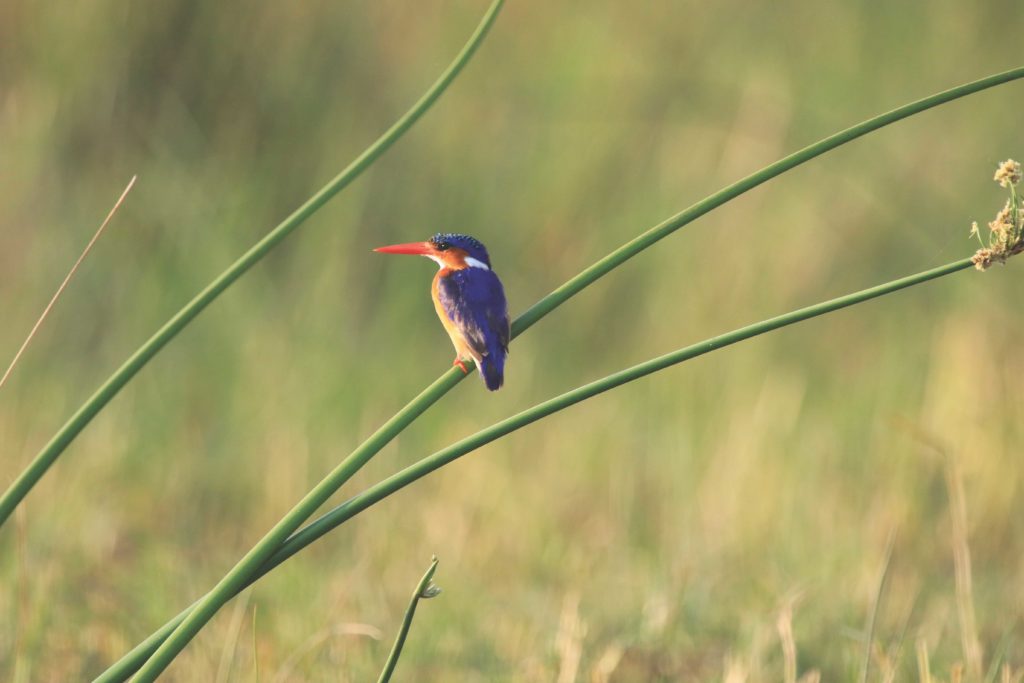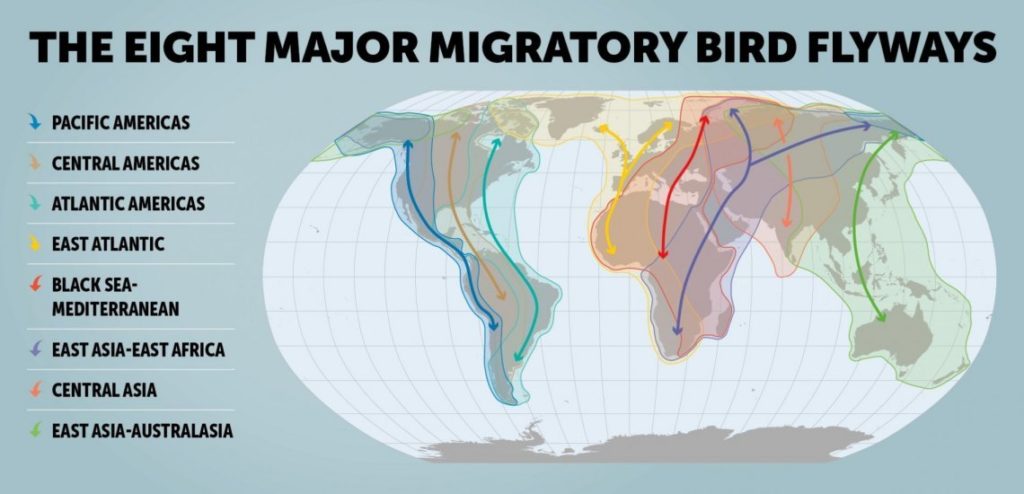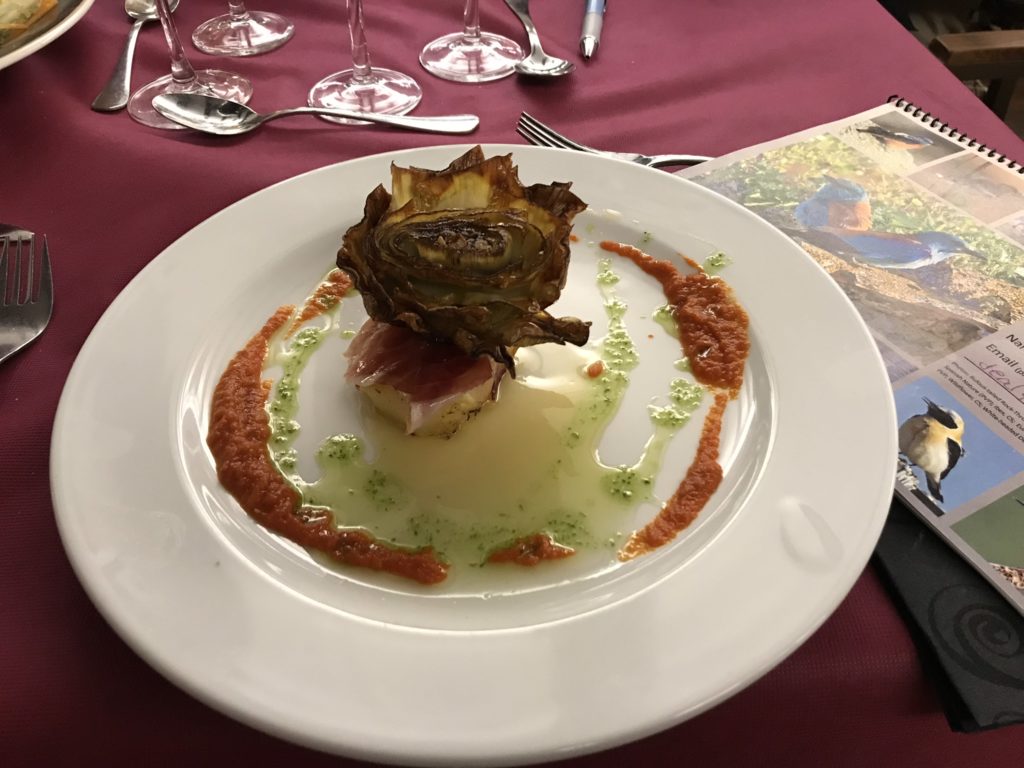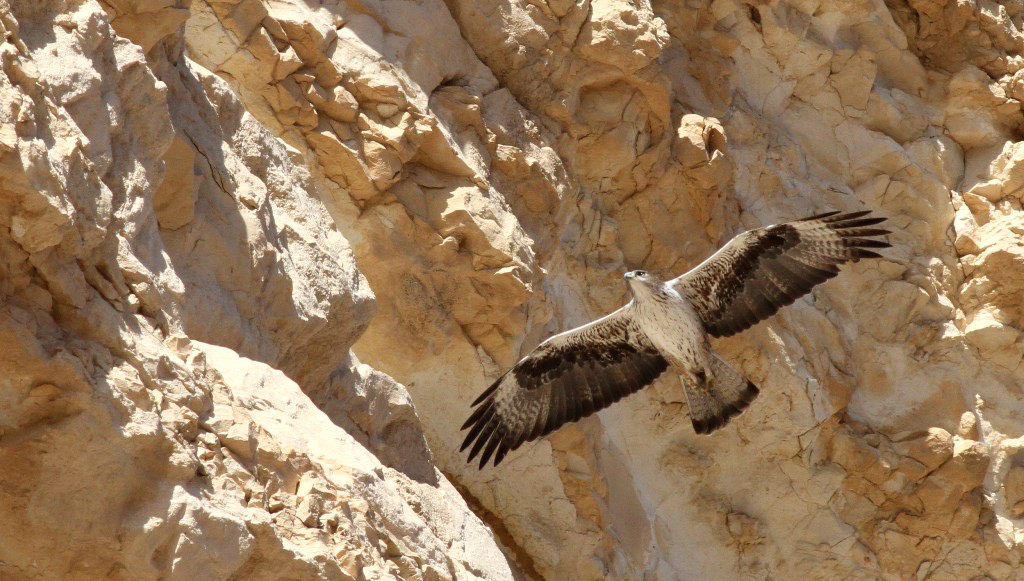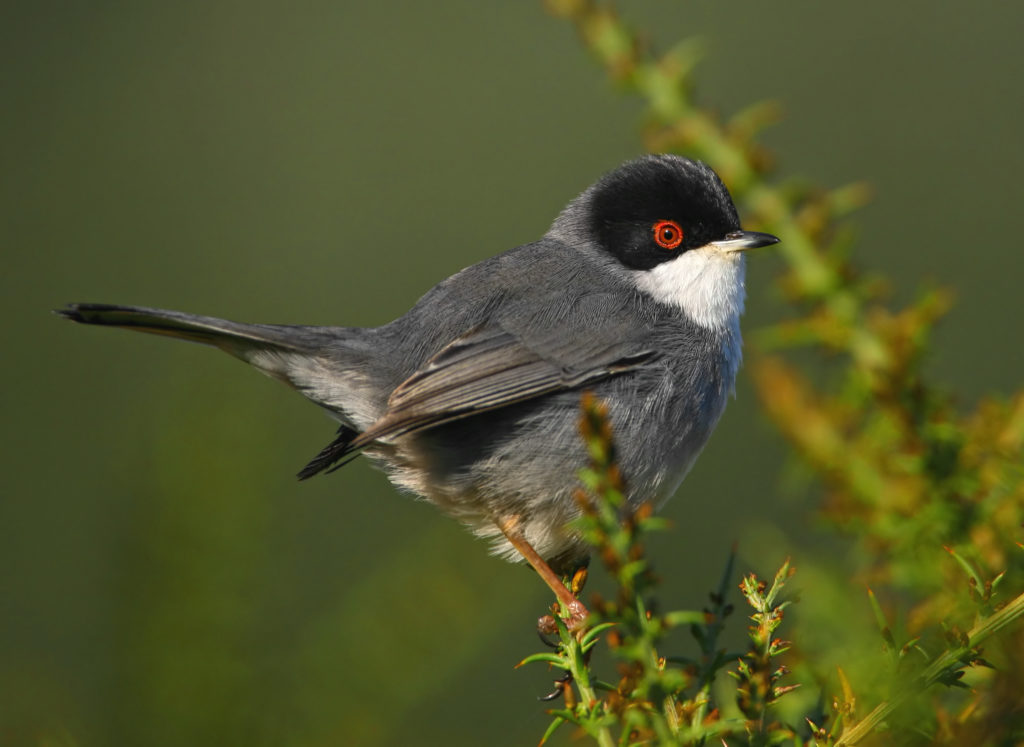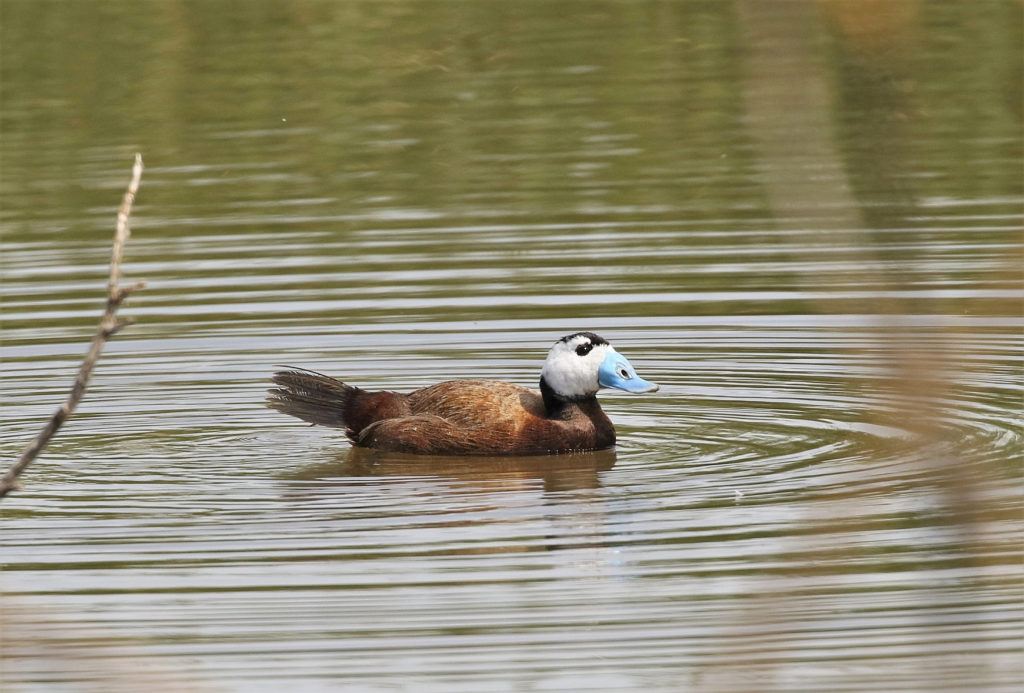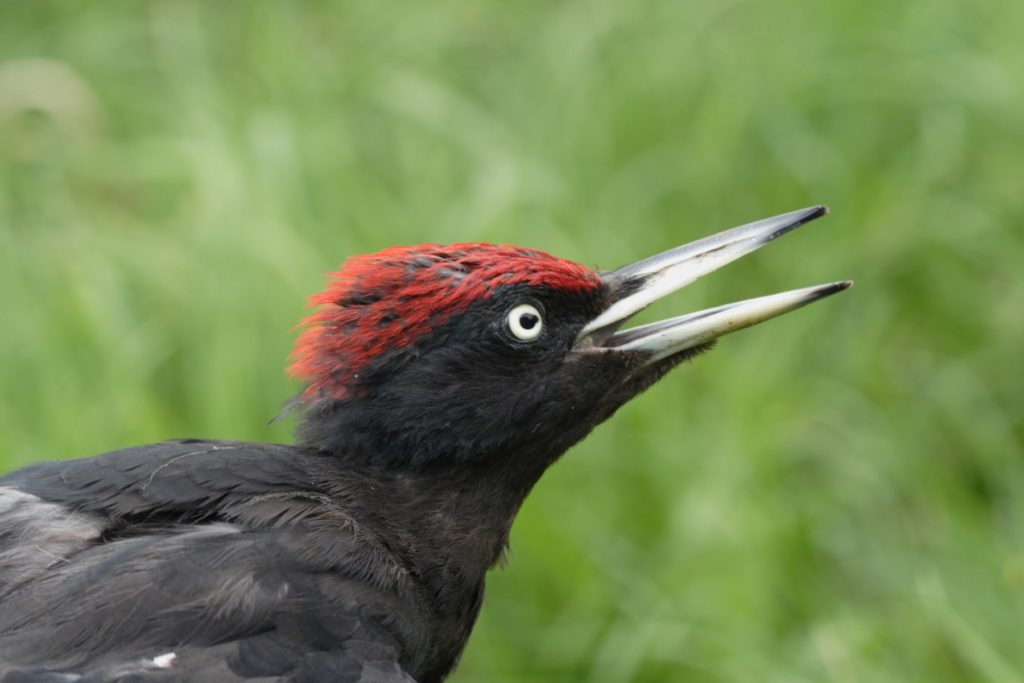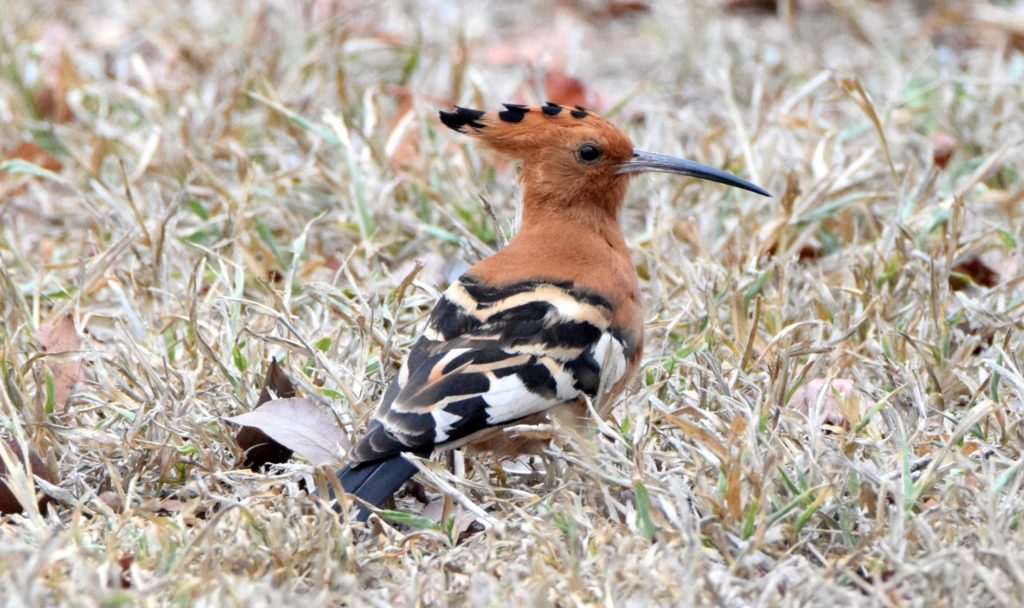Naturalist Journeys’ Expert Pam Davis Has Connections and Savvy KAYAK Can’t Touch
It was December, and Naturalist Journeys guests had just returned from an epic Antarctic cruise to the port of Ushuaia, Argentina to find their airline on strike, putting return trips and holiday plans in jeopardy. But our unflappable international travel agent Pam Davis saved the day, busing our guests across the border to Chile and sending them home on a different airline.
Stories like these are what keep international travel agents in demand many decades after the demise of their profession was first incorrectly forecast.

Pam Davis, International Travel Agent Superstar
Pam helps our guests book travel into and out of smaller, out-of-the-way birding and nature hotspots and provides support in cases of unexpected turbulence.
International Travel Agents Will Get You Into AND Out of Africa
Pam’s expertise in Africa is one reason we felt super comfortable spontaneously putting together a new Combo Uganda-Kenya tour Sept. 5-25, 2021. We moved quickly to take advantage of the fabulous wildlife sightings being reported this year by safari game drives after a year of little tourist pressure. In a bit of a COVID silver lining, guests who book this Africa trip may experience the best wildlife viewing in recent years and for many years to come.
Our new safari combo takes in the best of both countries: the Kenyan wildebeest migration on the Masaai Mara and the wonderful gorillas, birds and other wildlife found in Uganda’s pristine forests and mountains.
We are able to confidently say “Don’t let getting there stop you from going there,” because we know Pam has deep experience, knowledge and most importantly, a genuine desire to make things happen. We are happy to pay her ticketing fees to help our guests make their way to the tour start in Entebbe, Uganda, and to depart out of Nairobi, Kenya. (We also pay Pam’s ticketing fees for any international tours in excess of $5,000.)

An Expert Ticketing Agent
With more than 40 years of experience in travel, Pam can sleuth out fares to out-of-the-way locations when other people can’t. And her service doesn’t stop once the ticket is issued. She supports our guests through whatever changes the travel gods might throw at them.
If a flight is unexpectedly canceled, she is automatically notified, and she immediately begins solving the problem. We’ve had guests flying in the air when their connection is canceled, and before they touch down and find out about it, Pam has already sent them a re-booking notice.
Through new technologies, namely the internet, people can book their own airfares to major airports through KAYAK.com and other aggregator sites. That slice of the travel agency business is long gone, like the hand-written airline tickets and the simple computation of fares that were standard in the industry when Pam first joined it in 1978.
There were just two ticket prices at that time, she says, “a one way fare, and round trip was 80 percent of two one ways.”
Now that ticketing is computerized and sales more diffuse, she said, “on any given airplane there might be 40 or 50 different fares that people paid.”
Change is Now a Constant
And the complexity doesn’t stop with ticketing. Flight schedules used to be reasonably stable, changing maybe once a month. Now they change nearly daily. There has been additional volatility with COVID vaccination and quarantine restrictions. As a result, International tour operators like us and travel agents like Pam spend a lot of their day keeping on top of unfolding events so our guests don’t have to.
“We are looking up the information every time someone asks a question,” she said. “Things are changing that often.”
Pam is gratified that she is starting to get travel requests from the 20- and 30-year-old children of her longtime clients, who have seen the magic worked by international travel agents and crave the comfort of a familiar voice on the phone when they’re far from home.
That support is taking up to three times as much effort these days, Pam said.
“It used to be there was one transaction and then they’d get to go on their trip,” she said. ”Now people will make a plan and rebook it and rebook it again,” she said.
Undeterred by obstacles, though, people seem determined to get out and start seeing the world again.
“Everyone wants to get the heck out of town,” said Pam, who is herself a frequent and adventurous traveler. “We’re all tired of being locked up.”

